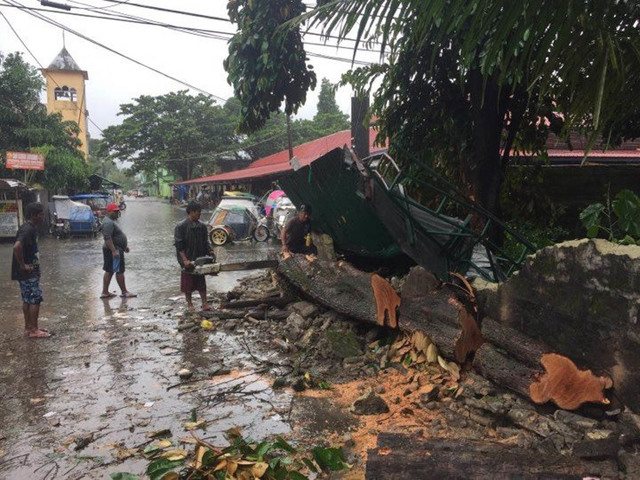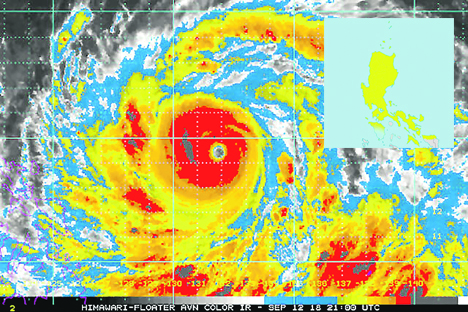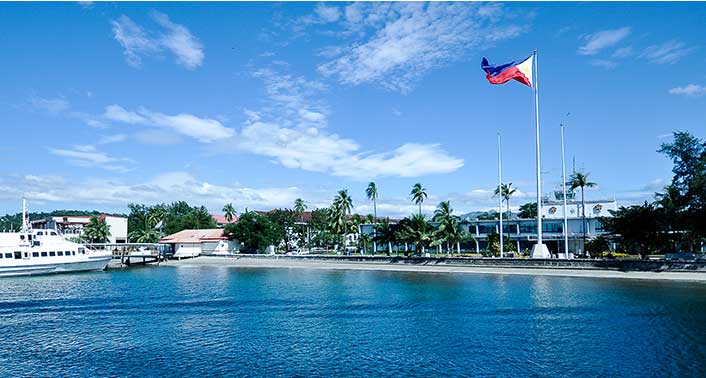Exporters support clusters to raise manufacturing competitiveness
Posted 6 years ago

|
EXPORTERS have expressed their support for the clustering of shipping and manufacturing hubs to lower logistics costs and make exports more competitive.
“The Philippines should follow the success of other countries in developing strong export clusters centered near hub seaports in a bid to become a major exporting nation,” the Philippine Exporters Confederation, Inc. said in a statement over the weekend.
The group was citing one of the three policy briefs published by The Arangkada Philippines Project (TAPP) of the Joint Foreign Chamber of Commerce in the Philippines (JFC).
“A powerful way to drive productivity is for regional governments to work with their private sectors to promote cluster formation by strengthening and building upon existing or emerging clusters, where competitive advantage and product or service differentiation already exists,” according to the recommendation made by the JFC.
The policy brief described clusters as “geographic concentrations of interconnected companies and institutions in a particular field.”
“Clusters encompass an array of linked industries and other entities important to competition. They include, for example, suppliers of specialized inputs such as components, machinery, and services, and providers of specialized infrastructure,” it added.
The recommendation, drawn up in the policy brief on Philippine seaports and shipping, cited as an example of a potential cluster in the country the shipbuilding and ship repair industry based in Subic.
The paper noted that Clark-Subic-Tarlac-Pampanga-Zambales region has other potential clusters, such as mango production in Zambales, which could develop into a robust trading hub, bringing more frequent ship visits to the area.
Aside from the Clark-Tarlac-Subic Corridor, the paper cited other ports and airports where the country could build strategic regional clusters — Batangas for food processing and manufacturing hubs; Coron and Aklan for tourism aside from food and fisheries; Davao for banana and pineapple production among others.
It said the PHIVIDEC industrial estate in Cagayan de Oro can house food processing and cold storage facilities.
Leyte can serve a cluster for coconut farming.
Sarangani and General Santos, meanwhile, can serve as a fisheries cluster.
The report also noted that Cebu can serve as a cluster for the furniture industry with the potential for manufacturers to consolidate in a planned area near a modern port.
“Airport, port, and logistics infrastructure in various regional cluster areas should be developed to address the needs of each kind of good and trade traffic,” it said.
“The cluster by its nature must aim to scale up, to lower costs, produce larger volumes, attract larger ships, and lower costs to become competitive in global markets.”
The paper also stressed the need to offer incentives, including fiscal ones, which will attract domestic and foreign exporters to locate in the clusters.
It added that the country can look to Thailand which has established a successful model of industrial clustering.
“The quality of port infrastructure, port efficiency, and hub port connectivity to feeder ports need considerable improvement. The cost to export should be more competitive and excessive fees imposed by foreign shippers should be regulated,” it noted.
“Increasing global trade presents immense opportunity for Philippine ports to scale up to become more significant in intra-regional trade. Intra-Asia trade is growing strongly and becoming more important than TransPacific and Asia-Europe shipping,” it added. By: Janina C. Lim
source: bworldonline.com




































Loading Comment